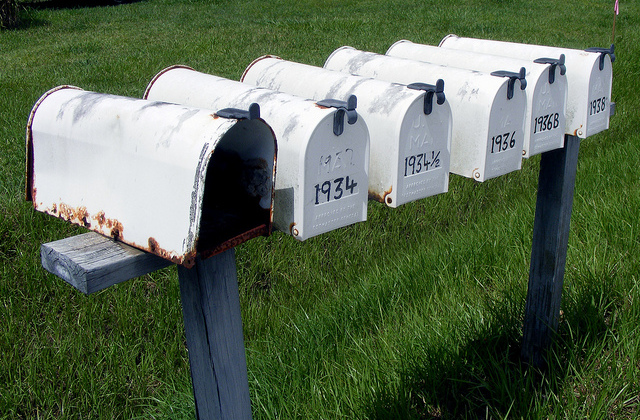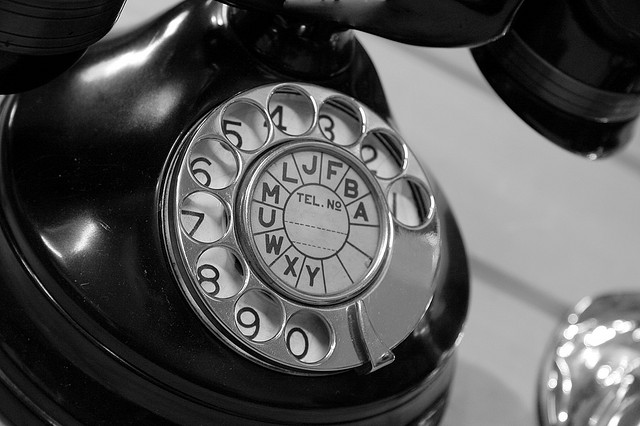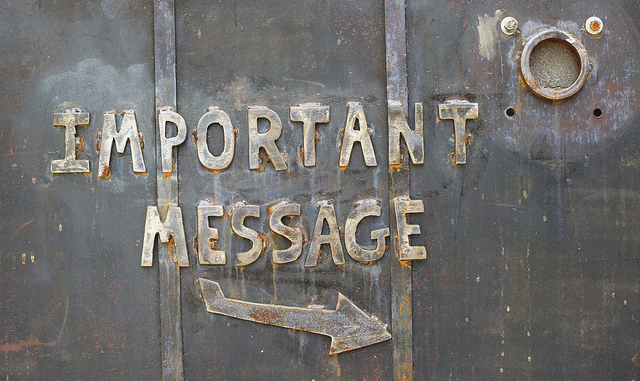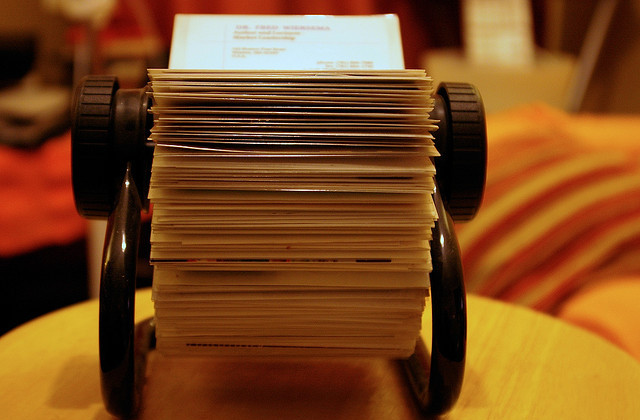The communications revolution is in full swing and the innovations keep on coming. Never have we had so many new and novel ways of communicating and engaging with one another: e-mail, Skype, voice, Twitter, Facebook, SMS, MMS, Reddit, Quora, Tumblr, LinkedIn, WhatsApp – it’s hard to know where to stop. But like so many other aspects of life in the twenty-first century, we tend to take these incredible technological developments in stride and adapt to them quickly without much fanfare. But if we step back and reflect for a minute on the power and sophistication of the many communications tools we have at our disposal today, it’s truly extraordinary.
For example, who could have imagined even twenty years ago how easy it would be to send little snippets of text or captivating photos and videos from wherever you happen to be to someone else located in some remote corner of the planet? And who could have foreseen that the person receiving these communications could view them instantaneously and respond to them in real time on an impossibly sophisticated and highly portable electronic device that fits in the palm of your hand? Probably not many.
Nor did they envision a world where someone with a computer or a smartphone could communicate directly and interactively online with thousands or even millions of people and organizations, providing them with information dozens of times a day.
And these are just the newest methods we have in our toolkit, additions to some pretty good technologies we have that have served us well for many decades – like direct mail and the humble landline telephone.
More is not always better
For nonprofits looking to raise awareness or funds for their mission, this combination of old and new communications technologies should give us an incredible advantage, right? Getting the message out should make donor communications easier than ever.
Well, yes and no.
While it’s true that we can now connect with people in many more ways than we ever could before, it’s also true that the people we’re trying to reach are inundated daily with information over every one of these channels. So if we use these channels indiscriminately or without forethought, we risk being tuned out altogether. An unsubscribe link or an unfollow button is always just a click away.
A big part of the solution obviously lies in the quality and relevance of the message itself. But to achieve success with our programs and campaigns we need to develop new strategies and best practices for optimizing our use of these donor communications methods for engaging with people in a meaningful way.
Use technology to engage more effectively
So if blasting away on all channels to our donors is not going to work when it comes to donor communications, what’s the alternative? How can nonprofit organizations make the best use of these technologies to establish an authentic dialog with their donors and get better results? There is no one right answer, of course, but here are four simple things that you can do to develop an engagement strategy that will help you communicate more effectively and drive better results.
1. Ask your constituents how they want you to communicate with them
Many nonprofit organizations expend a lot of energy trying to reach people using every donor communications method possible. Got an email address? OK, we’ll send you email? Got a phone number? OK, we’ll call you on that. How about a Twitter handle? Ok, we’ll connect with you there.
But what if the person you’re trying to reach has no interest in receiving phone calls from you? Same thing with e-mail or Twitter. Just because they made a donation to your organization doesn’t mean they’re giving you carte blanche to connect with them any way you like.
The simplest way to get it right? Ask the question directly: how would you like us to communicate with you? When you’ve discovered your donor’s communications preferences, record them in your constituent relationship management (CRM) system so that any future communications with them respect these preferences. Not only does this approach tend to build trust with donors – it also increases the likelihood that your communications will be read and acted upon.
2. Pick the donor communications method best suited to your audience
Once you’ve established the communications preferences of your donors, it’s a good idea to spend some time considering which methods are likely to be the most effective in reaching them and making an impact. For example, if your organization depends on connecting and engaging with Millenials, direct mail is unlikely to be a good choice, whereas with seniors, it just might be your best option. Again, your CRM system should be able to help you track demographic information, so you can flag which of the allowable communications methods are likely to be the most successful.
3. Keep a record of past interactions
When we communicate effectively with our friends or partners, we strengthen our relationships. We develop a shared history that we can draw on as our relationships evolve. We need to take the same approach with donors and other supporters. Building a history of past interactions and recording it in your CRM will give you a rich store of relevant information that you, your staff and volunteers can use to formulate and communicate the right message to the relevant people, and over time improve your engagement level with them.
4. Don’t forget the old methods
Sometimes when we discover new ways of doing things, we forget about how effective the old ways used to be. Take door-to-door canvassing, for example, or “mainstreeting”. In recent years these in-person methods of donor communications have fallen out of favor. The are several reasons for this, but as email communications continue to grow and governments place tighter controls on it, it may be worth considering how more traditional engagement methods might fit into the larger donor communications and engagement strategy.
Image credit: Flickr user Pacdog
SUBSCRIBE TO NETFORE’S BLOG
Get the latest blog posts from NetFore delivered to your inbox. Enter your email address below.




